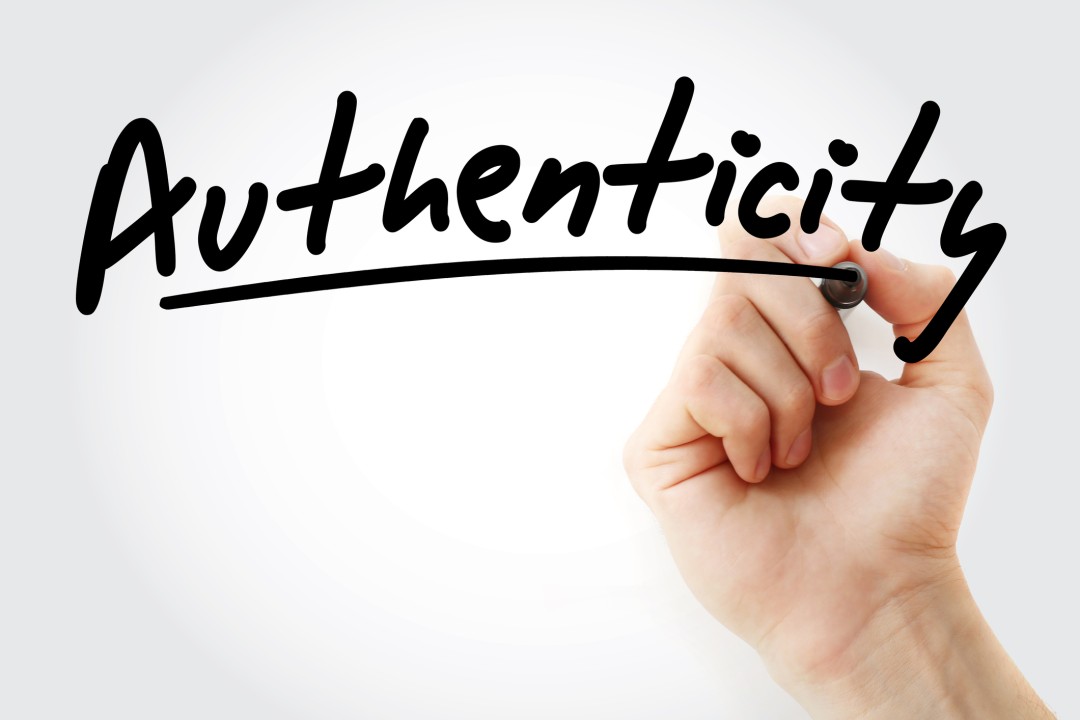
Facial coverings and masks can make it difficult for some people to communicate. People who often rely on facial cues may not understand you when your face is covered, or your voice is muffled. As an Executive Coach, I have seen how it can be hard to talk to neighbors, friends, co-workers, and family while wearing a mask.
When you are wearing a face-covering to help prevent the spread of COVID-19, be aware that you may inadvertently create a situation where another person may no longer understand you. Remember, how you communicate is just as important as what you communicate.
Here are five tips for communicating when using face coverings and masks:
1.Use Active Body Language
Body language, hand gestures, and posture are most important. Your non-verbal cues should reflect the tone and theme of your content. Nod when appropriate to acknowledge you are listening and understanding.Focus on
2. Eye Contact
Use your eyes and eyebrows. Good eye contact is critical. Let your eyebrows tell the story. Happiness can be seen by raised eyebrows, raised cheeks, and crow’s feet. Eyebrows pinched together can sometimes convey anger or frustration, so remember that your eyebrows are part of your eye contact when wearing a mask.
3. Adjust Your Voice Tone
Your tone of voice includes your inflection, rate, and pace, which can be equally as impactful as your speaking words. Articulate loudly and clearly, without shouting.
4. Look at Alternatives
If using a mask is a serious barrier to speaking and having others understand you, consider a face shield or a see-through face mask.
5. Send a Post-Conversation Summary
Consider using a written recap of the conversation, so nothing is lost. This could mean a quick recap email, a text, a short PowerPoint deck, or a formal document that summarizes what you shared.
As we begin to wrap up 2020, let’s keep masks on and spirits up. We can do this. Thanks for helping to keep everyone safe.





